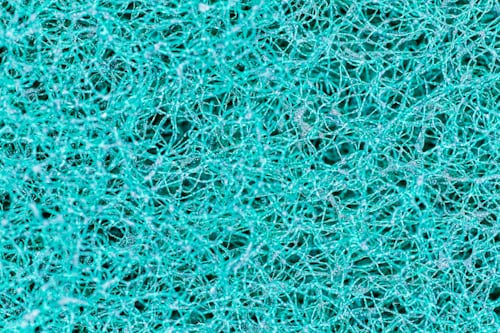A lot of oxygen and energy are required by nerve cells. Through the blood, they receive both. This explains why there are typically many blood vessels crisscrossing nerve tissue.
But what prevents vascular and neuronal cells from colliding as they develop?
Researchers from the Universities of Heidelberg and Bonn have discovered a Mechanism.
The retina of the eye and the brain both sprout a significant number of vessels during embryonic development. Additionally, huge concentrations of neurons are formed there and network with other neurons as well as organs and muscles. In order to avoid getting in each other’s way, both processes must be considerate of one another.
“We have identified a new mechanism that ensures this,” explains Prof. Dr. Carmen Ruiz de Almodóvar, member of the Cluster of Excellence ImmunoSensation2 and the Transdisciplinary Research Area Life & Health at the University of Bonn.
Neurons growth is paused in the spine
“The appearance of blood vessels in the spinal cord begins in the animals about 8.5 days after fertilization,” she says. “Between days 10.5 and 12.5, however, blood vessels do not grow in all directions. This is despite the fact that large amounts of growth-promoting molecules are present in their environment during this time. Instead, during this time, numerous nerve cells – the motor neurons – migrate from their place of origin in the spinal cord to their final position. There, they then form extensions called axons that lead from the spine to the various targeting muscles.”
This means that the motor neurons self-organize and grow at the time that blood vessels do not grow towards them. Only then after, do the vessels begin to sprout again.
“The whole thing resembles a carefully choreographed dance,” explains José Ricardo Vieira. The doctoral student in Ruiz de Almodóvar’s research group did much of the work in the study. “In the course of this, each partner takes care not to get in the other’s way.”
Uncontrolled growth of Defeated vascular cells
“When we stop the production of Sema3C in neurons in mice, blood vessels form prematurely in the region where these neurons are located,” explains Prof. Ruiz de Almodóvar. “This prevents the axons of the neurons from developing properly – they are prevented from doing so by the vessels.” Similar results were obtained when the formation of PlexinD1 in the vascular cells was experimentally stopped. Since these cells were no longer responsive to the Sema3C signal from the neurons, they continued to grow and sprout.
The findings show how crucial it is for the two processes to operate in unison throughout embryonic development. These discoveries might also help us understand some diseases better, like retinal defects brought on by vigorous and unchecked vessel growth. Long-term brain regeneration after spinal cord injuries, for instance, may benefit from the use of the recently discovered mechanism.
neurons, cells, blood, nerve, cord, brain, tissue, mice, axons, bonn


Post a Comment